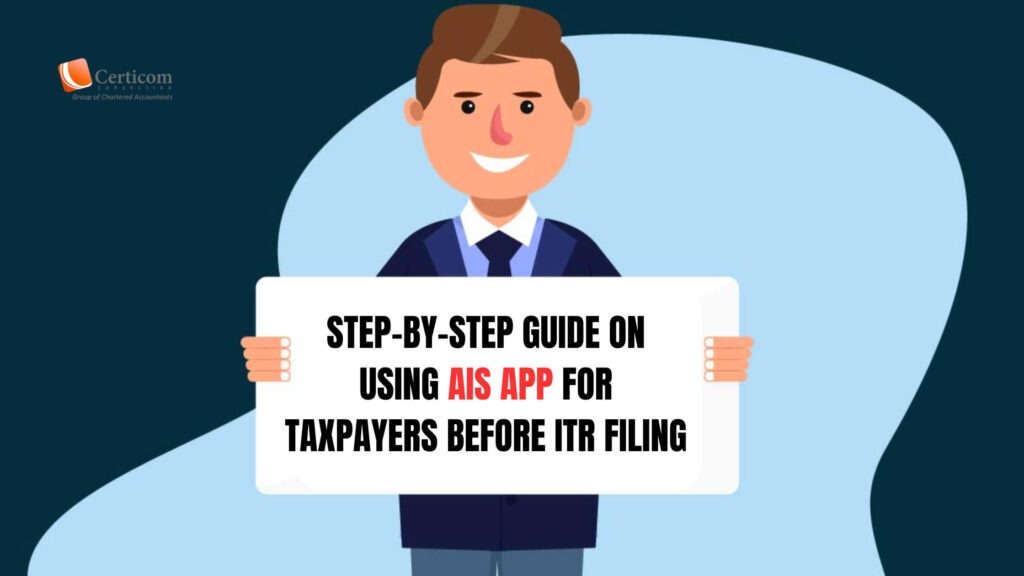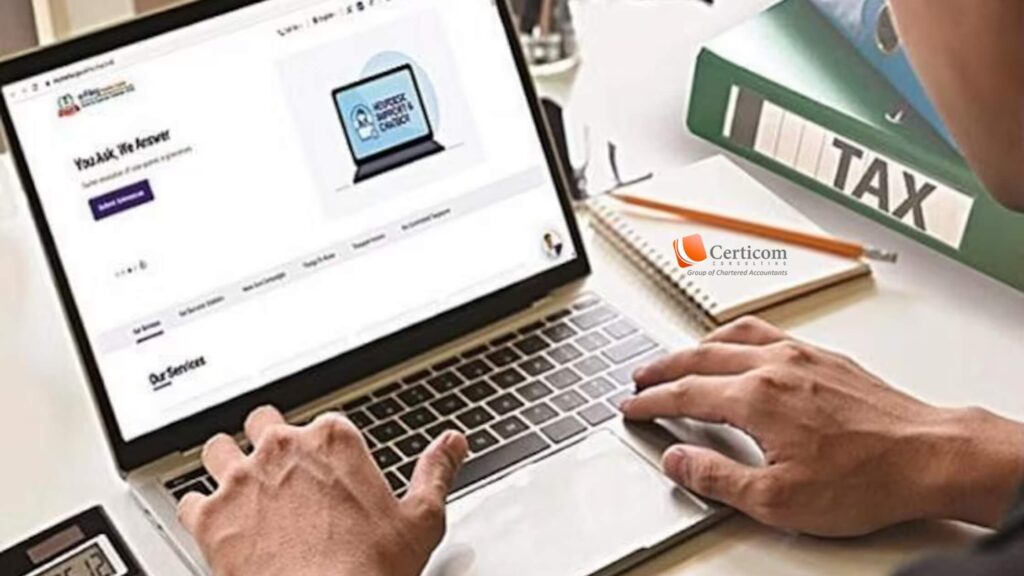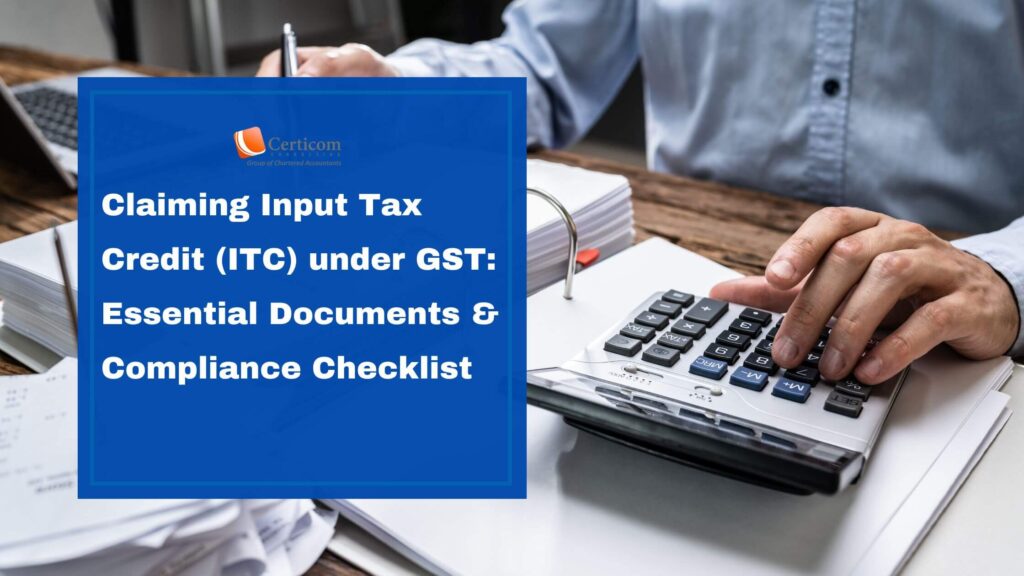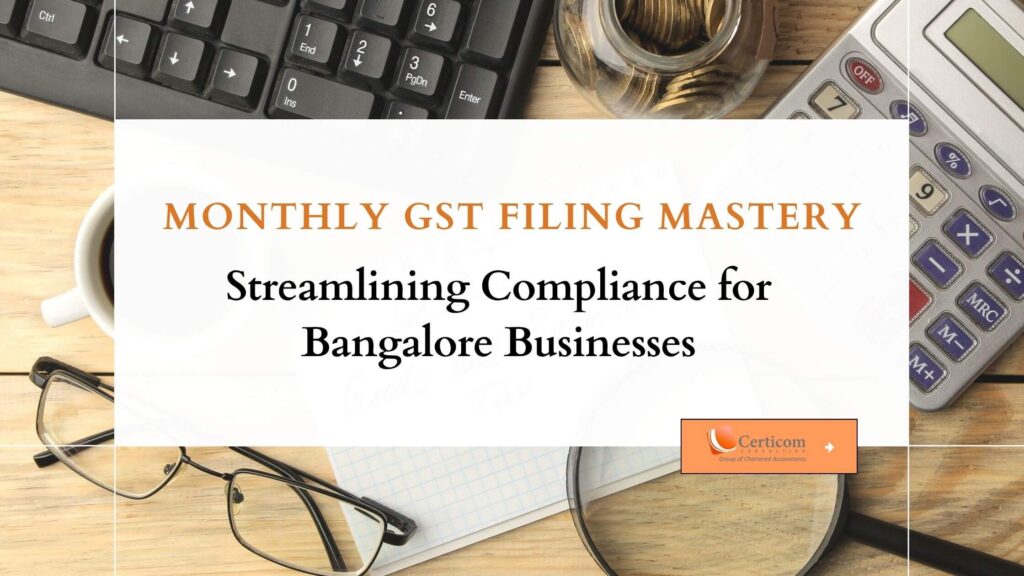Step-by-step guide on using AIS app for taxpayers before ITR filing

Income Tax Department introduced a mobile application called ‘AIS for Taxpayers’ in March this year to provide taxpayers with easy access to their information.
As the deadline for the income tax filing for the financial year 2022-23 (assessment year 2023-24) approaches on July 31, many salaried individuals look for an easy option to get their ITR filed in a hassle-free way.
The Income Tax Department introduced a mobile application called ‘AIS for Taxpayers’ in March this year to provide taxpayers with easy access to their information as presented in the Annual Information Statement (AIS)/Taxpayer Information Summary (TIS).
What is AIS app?
The app is aimed to provide a comprehensive overview of their AIS/TIS details which displays the information collected from various sources pertaining to the taxpayer like TDS/TCS, interest, dividends, share transactions, tax payments, Income Tax refunds, and Other Information (GST Data, Foreign Remittances, etc.) as available in AIS/TIS
However, the app does not allow to file income tax return (ITR) and edit the AIS information.

How to use 'AIS for Taxpayers' app?
1. Register on the app by providing Permanent Account Number (PAN) and then authenticate the process by entering the one-time password (OTP) sent to the registered mobile number and e-mail id.
Read More: Are you an NRI with inoperative PAN? Here’s what you can do now
2. Once authenticated, set a 4-digit PIN, which will serve as the access code to the mobile app.
AIS app is a free mobile application and can be easily downloaded from the Google Play Store or the App Store. It serves as a valuable tool for taxpayers, enabling them to easily keep a track of tax-related details. It is also a convenient way to provide feedback on the information in the AIS app and to download the information in PDF format.
Related Post
Claiming Input Tax Credit (ITC) under GST: Essential Documents and Compliance Checklist
Monthly GST Filing Mastery: Streamlining Compliance for Bangalore Businesses
Book A One To One Consultation Now For FREE
How can we help? *




